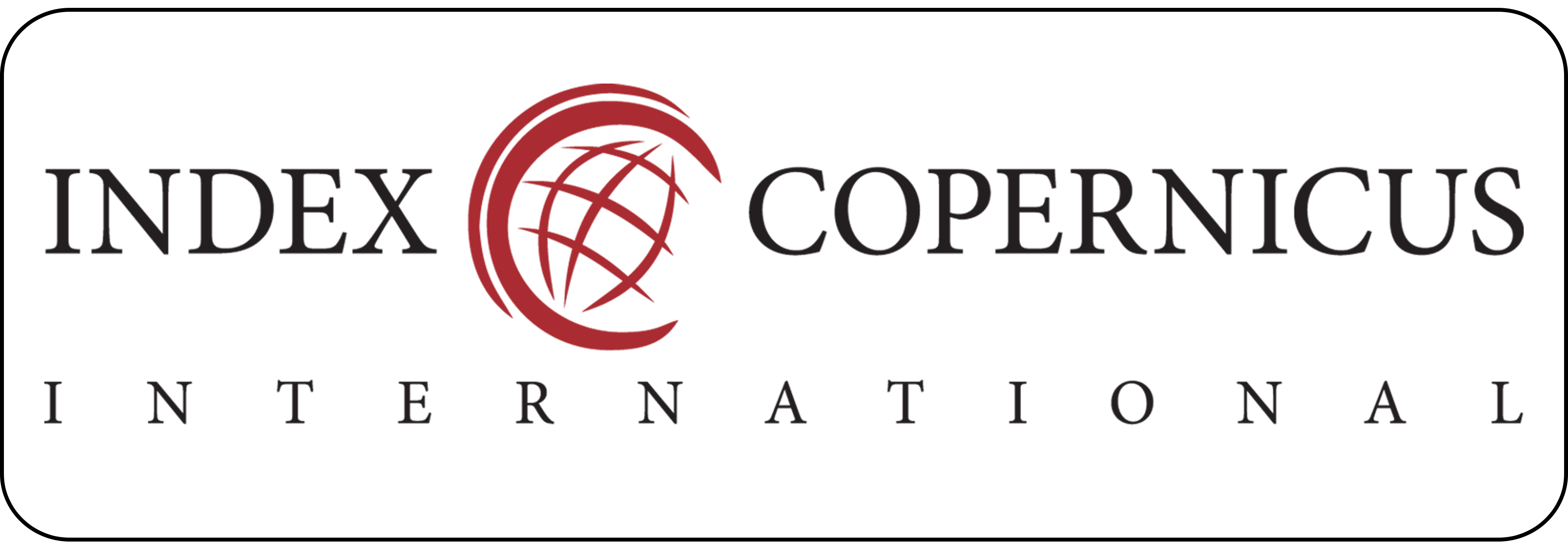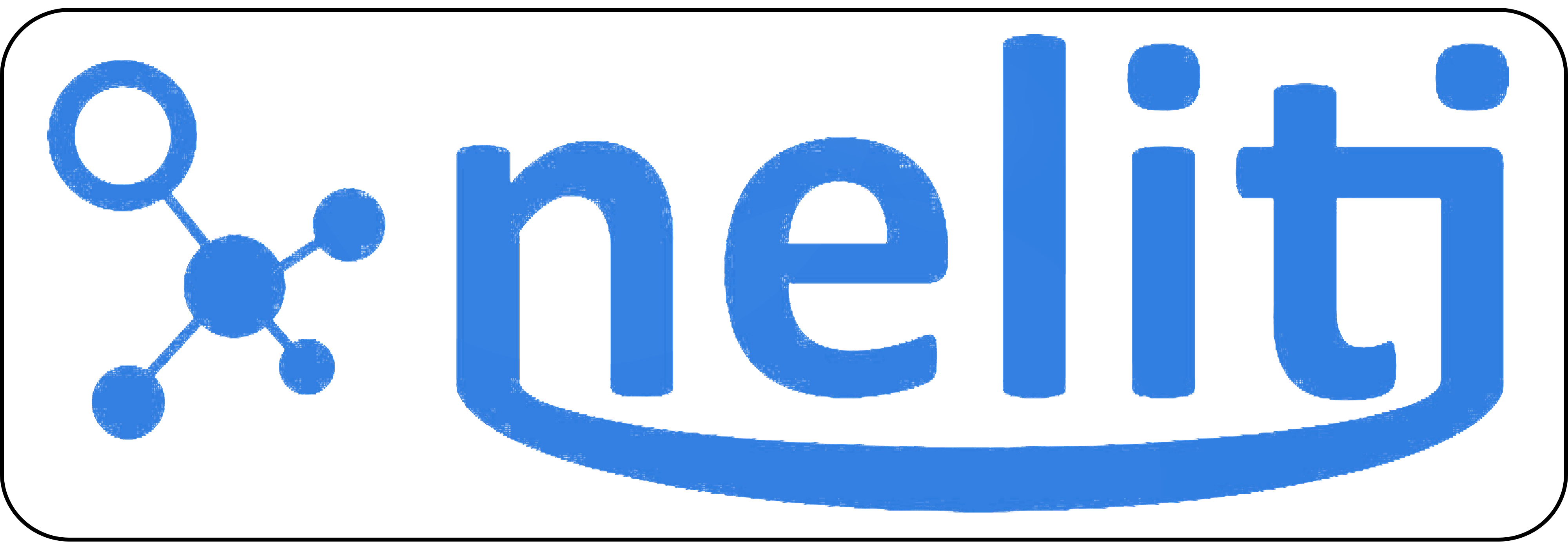Verba Transitif Bahasa Banjar Hulu Subdialek Barabai di Desa Sungai Beringin Kecamatan Tembilahan Hilir Kabupaten Indragiri Hilir
DOI:
https://doi.org/10.25299/j-lelc.2021.6497Keywords:
transitive verb, syntax, semanticAbstract
Language is a means of communication between people in community groups as well as a means of communication between nations without language other people cannot communicate. This is in accordance with the opinion of Kridalaksana (2009: 24) "Language is a system of sound symbols used by members of a society to work together, interact, and identify themselves". The problems in this research are (1) how is the behavior syntax of transitive verbs in Banjar Hulu Language, Barabai Subdialek in Sungai Beringin Village, Tembilahan District, Indragiri Hilir Regency? (2) How semantic transitive verb behavior in Banjar Hulu Subdialek Barabai in Sungai Beringin Village, Tembilahan District, Indragiri Hilir Regency? The theory used in this study is the theory of Hasan Alwi, et al (2003) and several other supporting theories. The method used is descriptive method. The data collection technique in this research used techniques (1) observation, (2) proficient, (3) recording, and (4) taking notes. The results of this study concluded that (1) the syntactic behavior of transitive verbs contained in the Banjar Hulu language, Barabai sub-dialect in Sungai Beringin Village, Tembilahan District, Indragiri Hilir Regency, there are three: (a) transitive verbs consisting of: 17 data, (b) dwitransitive verbs which consists of: 16 data, (c) semitransitive verbs consisting of: 5 data. (2) there are four semantic transitive verb behavior in the Banjar Hulu language, Barabai sub-dialect in Sungai Beringin Village, Tembilahan District, Indragiri Hilir Regency, there are four: (a) verbs containing the meaning of action consist of: 7 data, (b) verbs containing process meanings consisting of: 3 data, (c) the verb contains the meaning of the command consisting of: 1 data, (d) the verb contains the meaning of the state which consists of: 4 data.
Downloads
References
Alwi, Hasan, dkk. 2003. Tata Bahasa Baku Bahasa Indonesia. Jakarta: Balai Pustaka.
Asnawi, A. (2014). Komposisi Nominal Bahasa Banjar Hulu. Jurnal Geram (Gerakan Aktif Menulis), 4(1), 21–33.
Asnawi, A. (2015). Reduplikasi Verba Denomina Bahasa Banjar Hulu: Tinjauan Bentuk dan Semantik Gramatikal. Jurnal Geram (Gerakan Aktif Menulis), 8(1), 54–67.
Asnawi, A. (2017a). Afiks Pembentuk Reduplikasi Nominal Bahasa Banjar Hulu: Tinjauan Bentuk Gramatikal. GERAM, 5(1), 287–295. https://journal.uir.ac.id/index.php/geram/article/view/413
Asnawi, A. (2018). Struktur Frasa Verbal Bahasa Banjar Hulu: Tinjauan Bentuk Gramatikal. GERAM, 6(1), 40–46. https://journal.uir.ac.id/index.php/geram/article/view/1795 DOI: https://doi.org/10.25299/geram.2018.vol6(1).1795
Asnawi, A. (2020). Kategori dan Fungsi Sosial Teks Cerita Rakyat Mayarakat Banjar Hulu: sebagai Pengukuh Warisan Kebudayaan Lokal Bangsa. Jurnal Sastra Indonesia, 9(3), 212–221.
Asnawi, A. (2016). Bahasa Banjar Hulu: Pengukuhan Warisan Tradisi Lokal Kebudayaan Bangsa. Prosiding Seminar Nasional Bahasa Ibu (SNBI IX), 73–86.
Asnawi, A. (2017b). Pantun Urang Anum Masyarakat Banjar sebagai Penguat Nilai Identitas Pemuda Banjar. Prosiding Seminar Internasional RIKSA Bahasa XI, 51–61.
Asnawi, A., & Muhammad, M. (2018). Verba Majemuk Bahasa Banjar Hulu: Tinjauan Bentuk Gramatikal. GERAM, 6(2), 10–26. https://doi.org/https://doi.org/10.25299/geram.2018.vol6(2).1971 DOI: https://doi.org/10.25299/geram.2018.vol6(2).1971
Asnawi, A., & Mukhlis, M. (2019). Perilaku Sintaksis Verba Bahasa Banjar Hulu: Tinjauan Fungsi Gramatikal. GERAM, 7(2), 83–95. https://journal.uir.ac.id/index.php/geram/article/view/3777 DOI: https://doi.org/10.25299/geram.2019.vol7(2).3777
Asnawi, A., Sri, W., & Fauzul, E. (2017). Nominalisasi Bahasa Banjar Hulu Di Desa Suhada Kecamatan Enok Kabupaten Indragiri Hilir Riau. Konferensi Linguistik Tahunan Atma Jaya 15 (KOLITA 15, 586–590. https://lib.atmajaya.ac.id/default.aspx?tabID=61&id=324518&src=a
Depdiknas. 2008. Kamus Besar Bahasa Indonesia Pusat Bahasa. Jakarta: PT Gramedia Pustaka Utama.
Djajajsudarma, T.Fatimah. 2010. Metode Linguistik: Ancangan Metode Penelitian dan Kajian. Bandung: PT.Refika Aditama.
Durasid, Durdje, dkk. 1978. Bahasa Banjar Hulu. Jakarta: Departemen Pendidikan dan Kebudayaan.
Hapip, Abdul Djebar, dkk. 1981. Struktur Bahasa Banjar Kuala. Jakarta: Departemen Pendidikan dan Kebudayaan.
Mahsun. 2013. Metode Penelitian Bahasa Tahapan Strategi, Metode, dan Tekniknya. Jakarta : PT Raja Grafindo Persada.
Maulana, Rosyid. 2014. Pemakaian Verba Aktif Transitif Dalam Novel Gawang Merah Putih: Novel Reportase Timnas U-19 Karya Rudi Gunawan.Surakarta:Skripsi Universitas Muhamadiyah Surakarta.
Kartika, Diana. Perbandingan Verba Transitif Dan Intransitif Bahasa Indonesia Dan Bahasa Jepang: Tinjauan Analisis Kontrasitif: Tinjauan Analisis Kontrasitif: Jurnal. Universitas Bung Hatta.Vol.1, No. 1 Mei . DOI: https://doi.org/10.22216/jk.v1i1.1721
Keraf, Gorys. 1997. Komposisi Sebuah Pengantar Kemahiran Bahasa Jakarta: Nusa Indah.
Kridalaksana, Harimurti. 2009. Kamus Linguistik. Jakarta: Gramedia Pustaka Utama.
Ruslan, Rosady. 2013. Metodolologi Penelitian. Jakarta: PT. Raja Grafindo Persada.
Samsul, 2014. Pembentukan Verba dalam Tunjuk Ajar Melayu dalam Pantun, Gurindam, Seloka dan Ungkapan Karya Tenas Effendy. Pekanbaru: Skripsi UIR.
Sujarweni, V.Wiratna. 2014. Metodologi Penelitian. Yogyakarta: Pustaka Baru Press.
Sumarta, Karsinem. 2015. Menulis karya ilmiah. Pekanbaru: Universitas Islam Riau.
Wandanie, Rakhman. 2008. Kamus Bahasa Banjar Dialek Hulu Indonesia. Banjarmasin: Balai Bahasa Banjarmasin.
























